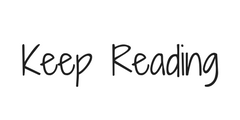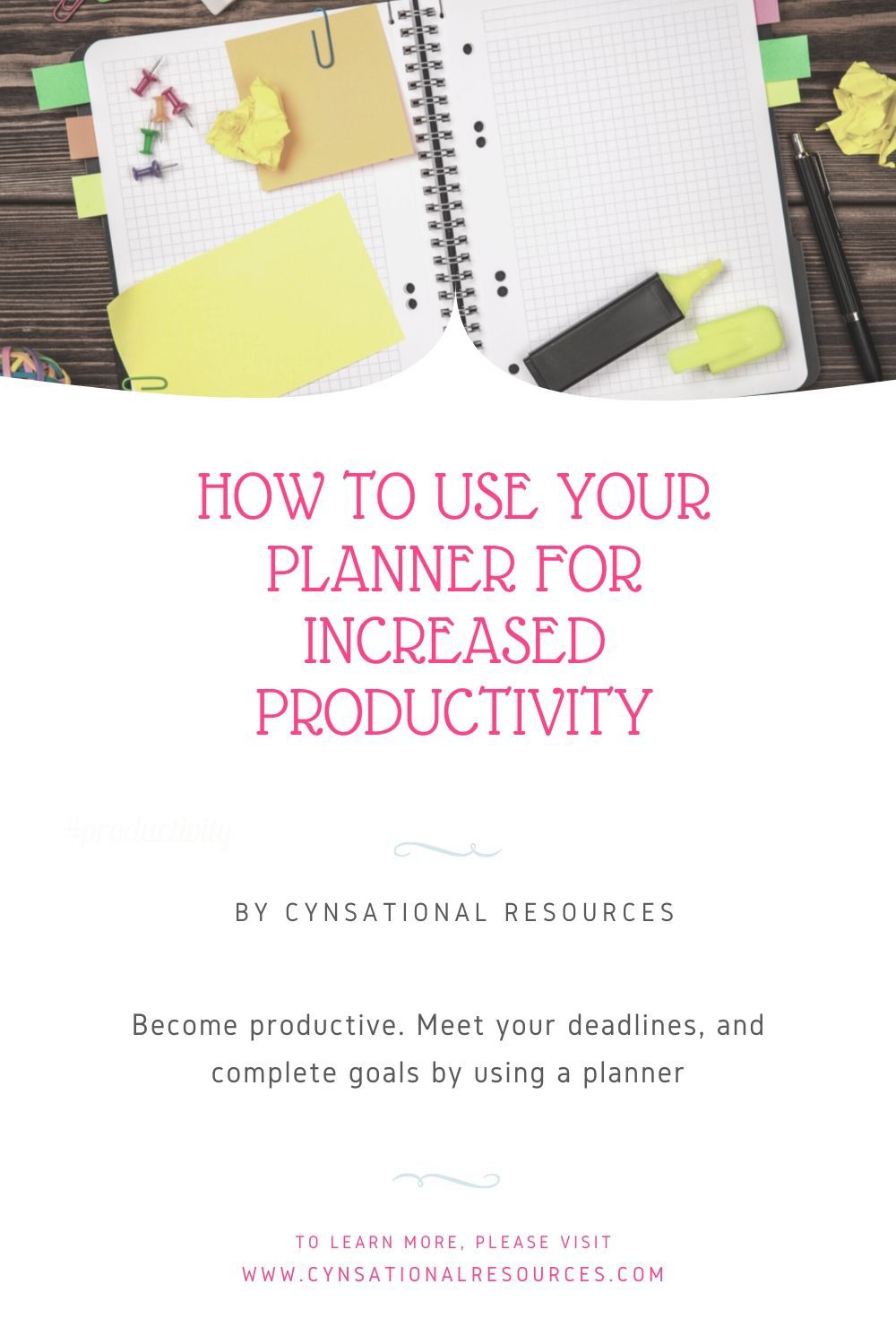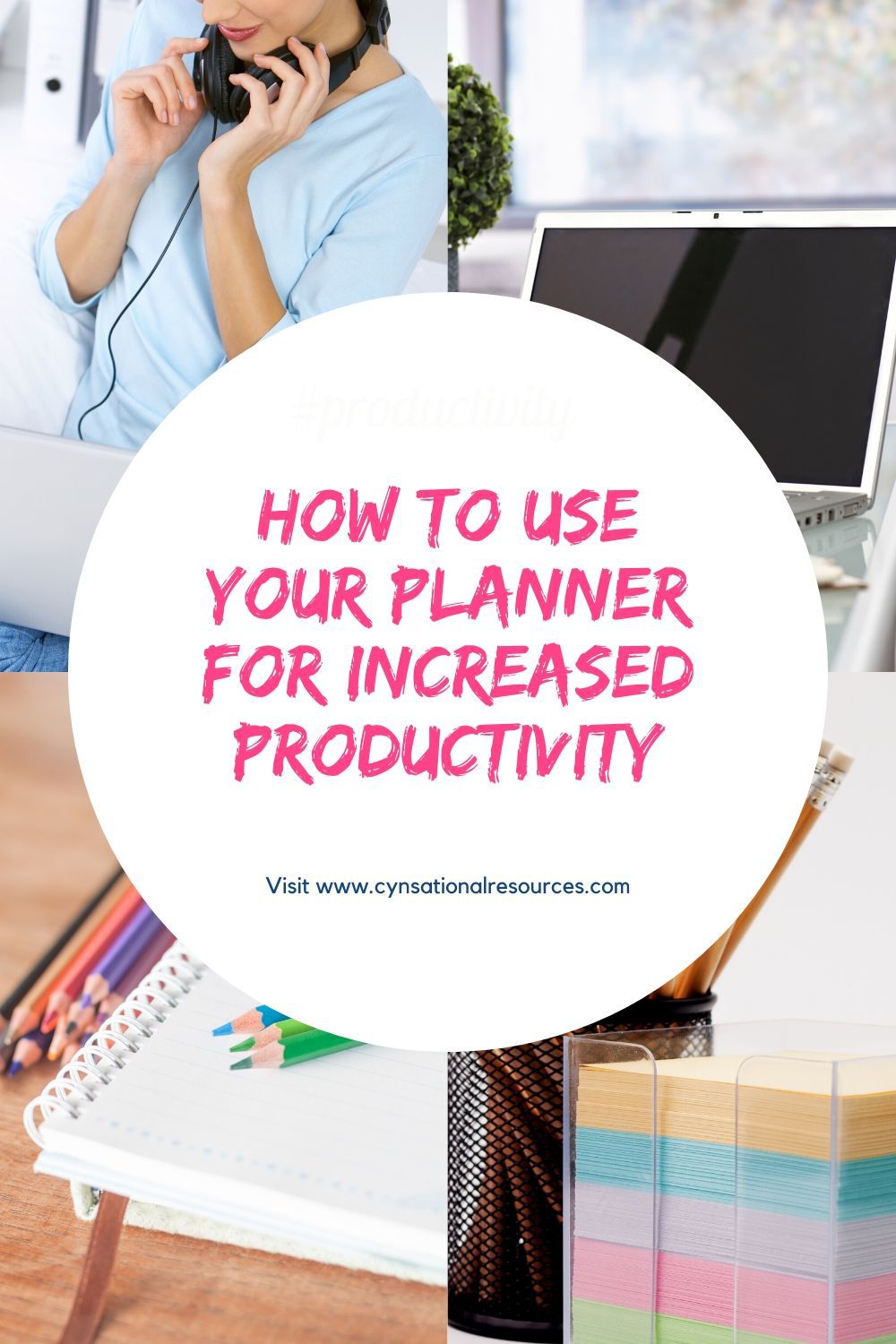How to Use a Planner for Productivity
Create a better daily routine by using your planner
Being more productive is key to finishing tasks, meeting your deadlines, and completing goals – both personally and professionally.
Life is full of distractions. Keeping yourself focused on your goals is the main purpose of a planner. If you want to use a planner to improve your productivity, keep reading to learn how this might be the best thing for you.

Customize Your Planner with Printable Pages
Starting with a basic planner is great, but for maximum productivity, you need to personalize it a little bit.
Decide what what you want to start with - monthly pages, weekly pages, habit trackers, time-blocking daily pages, meal planning, gratitude notes, and so much more.
Customize your planner with printable pages for exactly what you need. This might mean vacation pages when planning for an upcoming trip, time management pages when working on a project, or just additional blank pages when you need to jot down notes or use it as a journal.
Take the Time to Set it Up Properly
You will hear a lot about how to set up your planner. Why? Because this is an integral step to using it effectively. Take the time to look through all the pages in your planner, and decide how you are going to use them.
Find other printable pages to add when needed. Inspire yourself by decorating the pages. Remember to edit your planner when things in your life change. Customization will allow you to make the most of it.

Use the Planner for Clear and Concise Goals
Instead of just writing a short list of goals, make them clear and concise. Be detailed and explain what each goal is, what is expected, and when you will complete the different tasks required.
Use your planner to break your goals down into projects and tasks that can be scheduled in your calendar.
Don’t Just Set it and Forget it
A big part of using a planner is using it! It is not meant to simply be a calendar that you write in once, then don’t check back in again. You should be using it on a daily basis, even if you are just double-checking the next appointment, or adding a few tasks to your to-do list.
Don’t worry about ‘messing up’ or ruining your pretty pages. Your planner is yours and not for public display.
Take full advantage of the planner and all it can offer you. If it helps, get a smaller planner that fits in your purse or laptop case so that you can carry it with you.
How to Add Your Planner to Your Daily Routine
Create a Regular Routine
Start by figuring out your daily routine and how to add using your planner to that routine. Do you find that you sit at your kitchen table in the morning with a cup of coffee, and have a few minutes of quiet time? If so, this is a great time to start a daily routine where you plan your day and review your goals.
For others, they prefer it to be during their lunch break at work, or maybe in the evening before bed to mentally prepare for the next day. The time of day you plan is a personal choice.
Be Consistent
To enjoy to benefits of using a planner, stay consistent. A routine adds planning to your schedule. A daily session with your planner keeps your goals top of mind and keeps you moving and checking off your tasks.
Fit it Into Your Normal Lifestyle
Be realistic about using your planner daily. You might like the idea of a morning planner and journal session, but if you already struggle getting to work on time, this isn’t realistic. Instead, think of a time during the day when you do have a spare minute, or where you can move things around in your current routine. You know your life best, so work with your current lifestyle and schedule.

Keep it Simple
This probably won’t be the last time you hear this advice – keep it simple! You don’t need a bullet journal or a planner with 500 pages to be effective. Have 5-10 pages to start with, then when those pages fill up or you get new ideas, gradually add in more to your planner.
Use a Planner You Love
Using a planner you absolutely love will encourage you to use it. You will be excited about opening it up every day. One more thing to note - if you don't have to use one planner for everything. If you want to keep your work separate from your personal planner, do it. Or use one planner for everything to avoid any confusion with different planners all needing to be used each day.
How to Use Your Planner for Increased Productivity
Even if your daily planner is a life planner, that doesn’t mean it is only used for personal reasons! It is a life planner, and work is part of your life. Whether you are an employee, in a management position, are an entrepreneur, or run your own business, the planner can be extremely useful for you.
Effective planners organize your life, track your schedules, and help you reach your goals. You already know this – but it can help with your professional life, and more specifically, improving your work productivity.
More productivity means getting more done in the same amount of time, so it is the first step to reaching that next level of success.
Setting Work-Related Goals
To really become more productive with your planner, start by having some goals only for work or business. These should be separate from your personal goals, so that you can focus your full attention on them. They can be small and large goals, from earning a certain amount of money and tasks to help you with reaching a promotion, to what is needed for starting or expanding your own business.
Managing Projects
You can also manage and schedule projects with your planner. This can be done in your regular daily planner, or a separate planner used only for this purpose. Manage projects just the same way as everything else in your life by writing deadlines down in your calendar, choosing tasks and to-do lists, and assigning staff to each task.
Keep checking in with your planner to make sure things are getting done efficiently, and make adjustment to the schedule as needed.
Making the Ultimate To-Do List
Even if you are no stranger to the to-do list, there are other ways to make them more effective. To start with, make each list specific to a different thing. This will allow you to focus properly on one area of work or life, and not get overwhelmed.
For each item on the to-do list, you can use a general term. Or you can describe tasks in more detail and outline what is required to check each item off.
You might also want to set a deadline for each item on the to-do list, or order it based on priority during the day or week.
Being Specific with Your Tasks Lists
Similarly, when you set up task lists for accomplishing goals or completing projects, be as specific and detailed as you can. This keeps you from wasting time trying to figure out what is expected and how long it will take, as that part of the work has already been done for you.
Happy Planning!


How to Improve Your Health by Using a Planner
How to Optimize Your Time for Maximum Productivity







